Do You Have to Take Chem Lab Again Ucr
We're passionate about developing instruments. Some of these instruments measure the fundamental physical properties (like mass, volume, density, freezing point, and melting point) of particles, organisms, and other samples. Other instruments we're working on can sort samples based on these properties. Since every thing has these physical properties, our techniques can be applied in a wide variety of different fields, including medical diagnostics, materials science, toxicology, and many others.
Finally, we also believe in the importance of engineering in science education, and we develop educational tools that help students include engineering practices in their science classes.
"CandyCodes" for fighting fake medicines
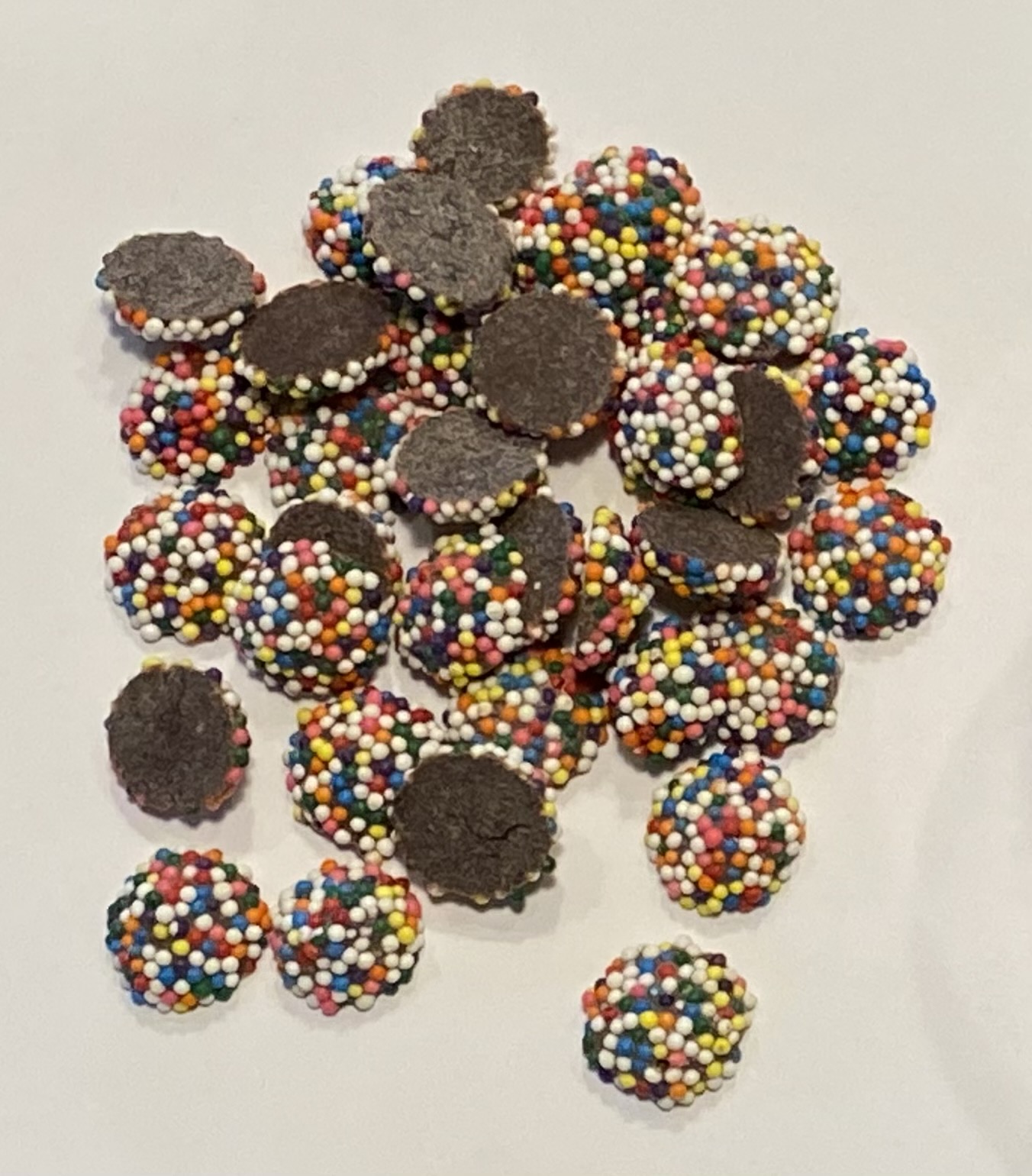
With their random multicolored patterns, each of these chocolate candies is unique. So what's that good for? In a new paper out today in Scientific Reports, we show that these "CandyCodes" could help in the fight against counterfeit medications.
Shane's pneumatic RAM chip published in PLOS ONE
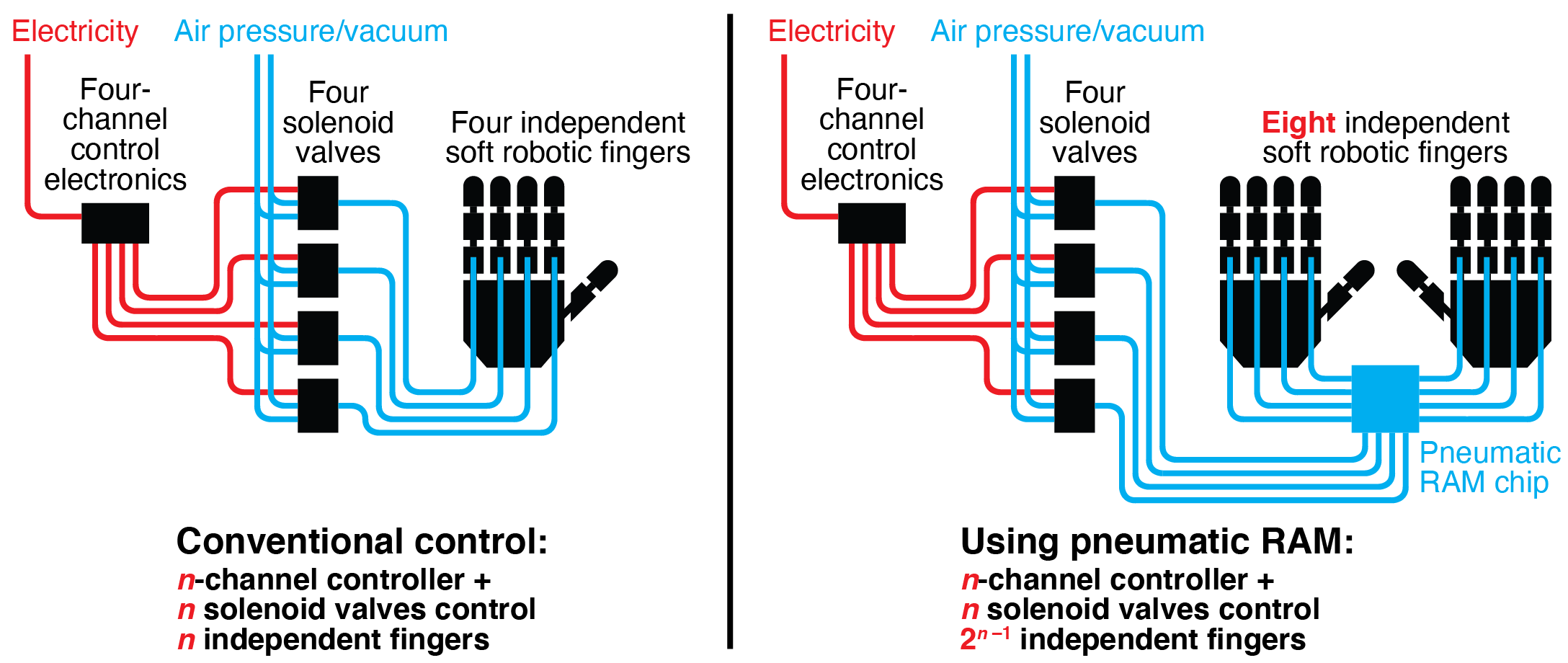
Shane Hoang's paper "A pneumatic random-access memory for controlling soft robots" was published in PLOS ONE. Shane developed a "pneumatic RAM chip," a pneumatic logic circuit capable of controlling pneumatic soft robots. By dramatically reducing the amount of electronic hardware required to control soft robots, the pneumatic RAM can accelerate the spread of soft robotic technologies to a wide range of important application areas.
Thanks to our coauthors Konstantinos Karydis and Philip Brisk for their help with this work!
Our work on obtaining dissolution profiles from single controlled-release drug particles using vibrating tube sensors published in Scientific Reports
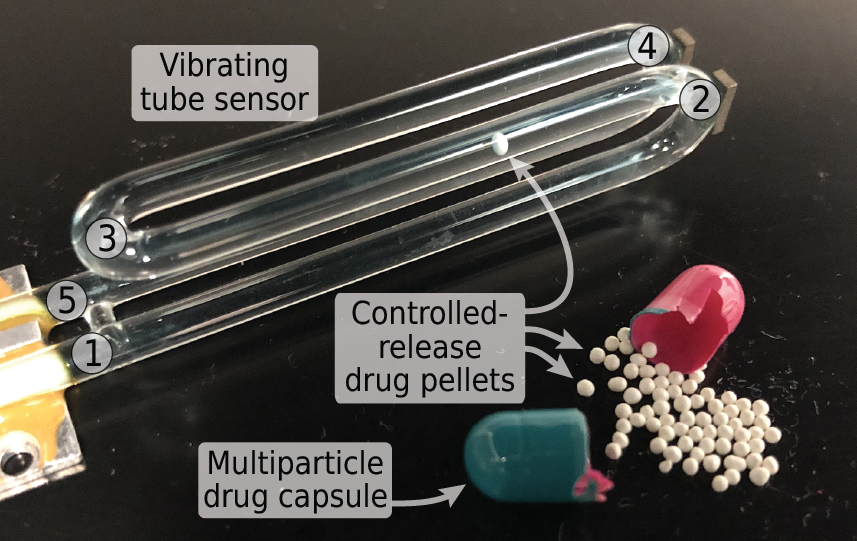
Heran Bhakta and Jessica Lin's paper "Measuring dissolution profiles of single controlled-release drug pellets" was published in Scientific Reports.
Heran and Jessica show that a simple and inexpensive vibrating tube sensor can measure the dissolution of single microgram-sized controlled-release pellets in physiologically relevant fluids with nanogram-scale resolution. Their technique addresses many of the shortcomings of existing USP testing methods, requires no additional analytical instrumentation like UV-VIS or HPLC, and is suitable for both fast-dissolving and slow-dissolving formulations. And by obtaining dissolution profiles for single pellets instead of populations of pellets, their technique is capable of measuring pellet-to-pellet variations in dissolution behavior that are much more difficult to measure using existing methods. Using this technique, we observed significant variations in single-pellet dissolution profiles, not only between different types of drugs in different physiological conditions, but also between generic and name-brand formulations of the same drug, and even between different pellets from the exact same capsule.
This technique provides pharmaceutical researchers and producers with a simple, low-cost, and fully automated tool for obtaining single-pellet dissolution profiles from any drug in any desired fluid. This capability should be powerful in a variety of different scenarios. For example, measurements of the dissolution behavior of pellets from each production batch can provide valuable quality assurance data and illuminate possible production defects before the product reaches consumers. Even within a single batch, single pellet dissolution profiles provide information about the consistency of the pellet manufacturing process. And as a gravimetric (mass-based) method, this technique places no constraints on the chemical or physical composition of the fluid surrounding the pellet, meaning that pharmaceutical developers are free to measure pellet dissolution in any physiologically-relevant fluid without fear that the fluid will interfere with the measurement process. For these reasons, vibrating tube sensors should help facilitate the development of better controlled-release pharmaceuticals with better patient outcomes.
ChemStor published in the Journal of Chemical Information and Modeling
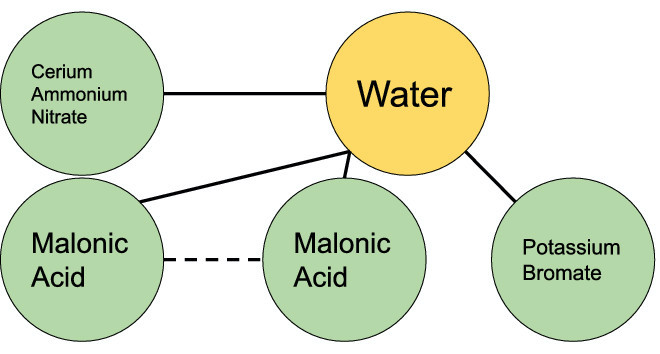
ChemStor (a collaboration with Jason Ot, Daniel Tan, Tyson Loveless, and Philip Brisk) is the subject of a paper published in the Journal of Chemical Information and Modeling.
ChemStor is a software tool that uses principles from formal methods—a branch of computer science—to safely store and dispose of chemicals. Chemical-related accidents in labs and homes are all too common. In just one example, each year, 4500 injuries are caused by simply mixing incompatible pool chemicals. ChemStor informs the user if two or more chemicals pose a threat if stored or mixed together. If it is integrated into voice assistants like Amazon's Alexa and Apple's Siri, ChemStor could help keep researchers and the public safe around chemicals.
Christopher Hale and Heran Bhakta's work on Differential Densimetry published in AIP Advances
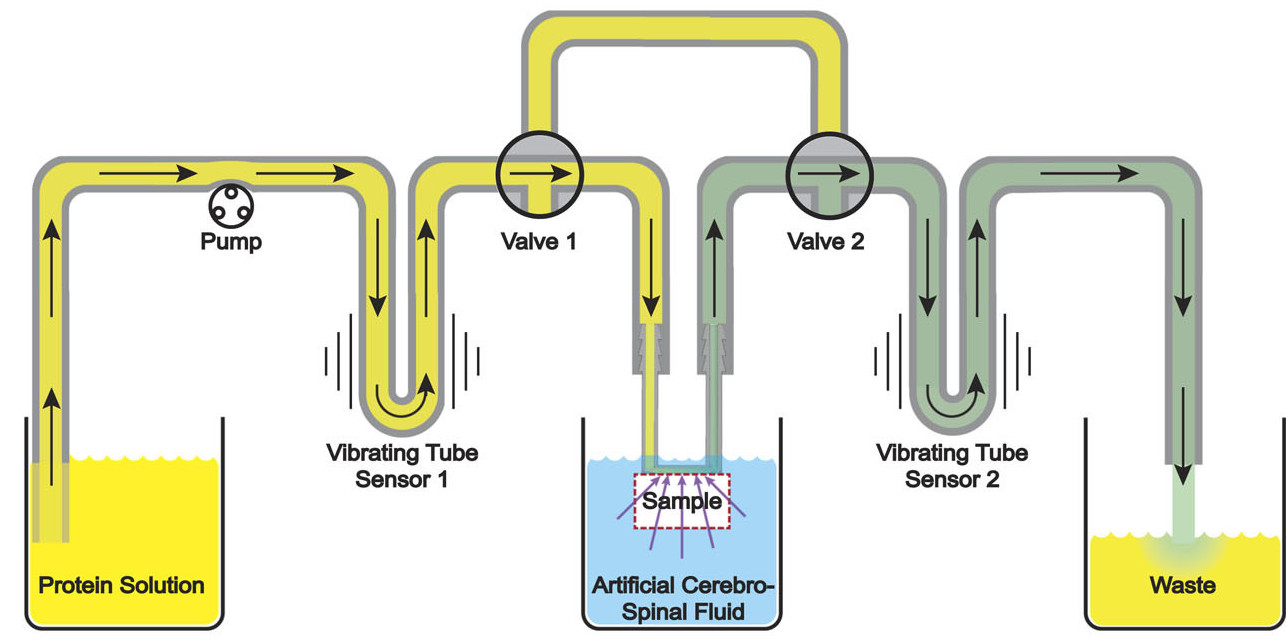
Heran Bhakta's collaboration with Christopher Hale in Prof. Victor Rodgers' lab resulted in the paper "Differential densimetry: A method for determining ultra-low fluid flux and tissue permeability," published in AIP Advances. Chris and Heran used pairs of vibrating tube density sensors to measure extremely-small flows of fluid through biological samples.
Junchao Wang's research featured on the cover of Lab on a Chip
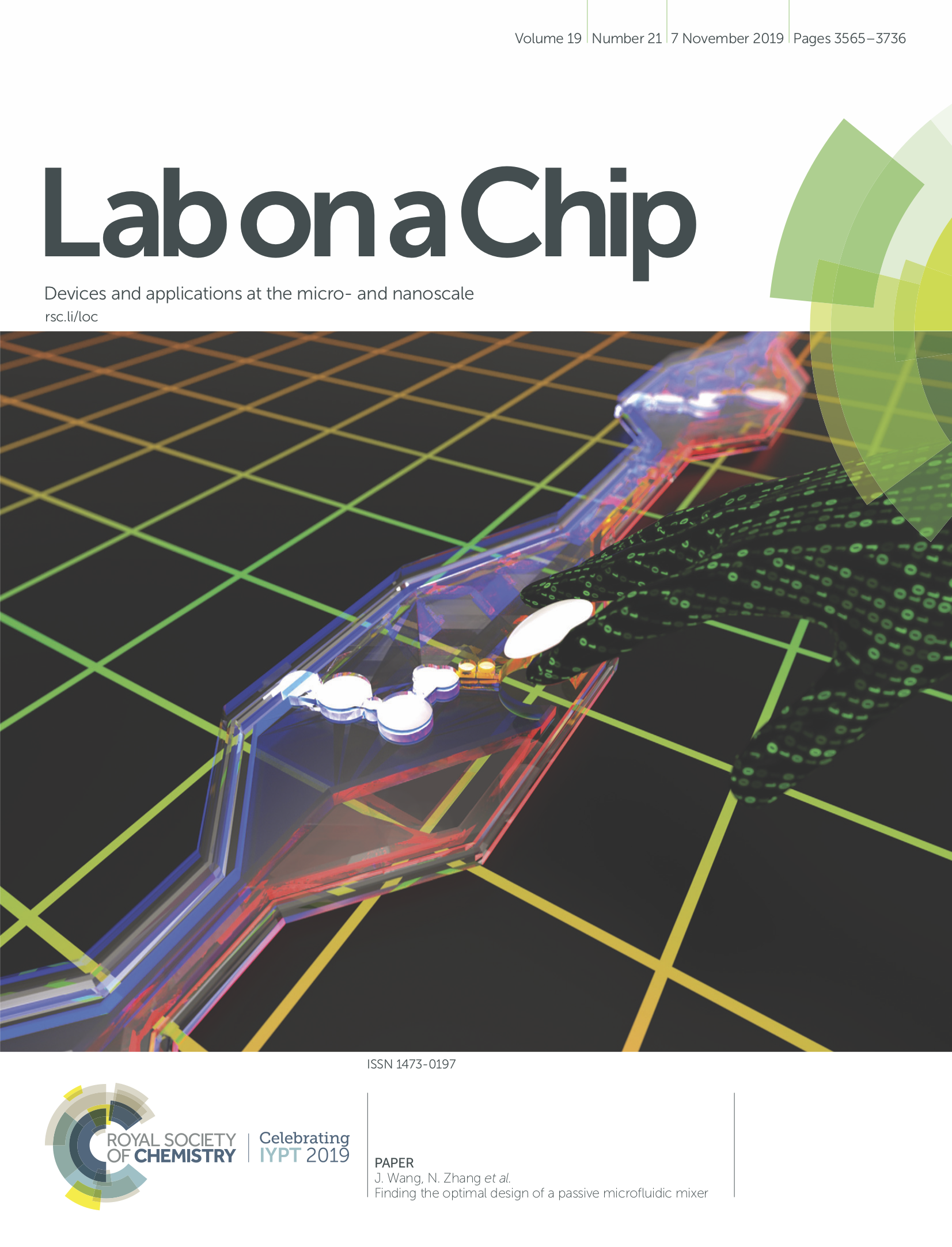
Thanks to Lab on a Chip for featuring Junchao Wang's work on the cover of the journal!
Junchao Wang's work on optimal microfluidic mixer designs published in Lab on a Chip
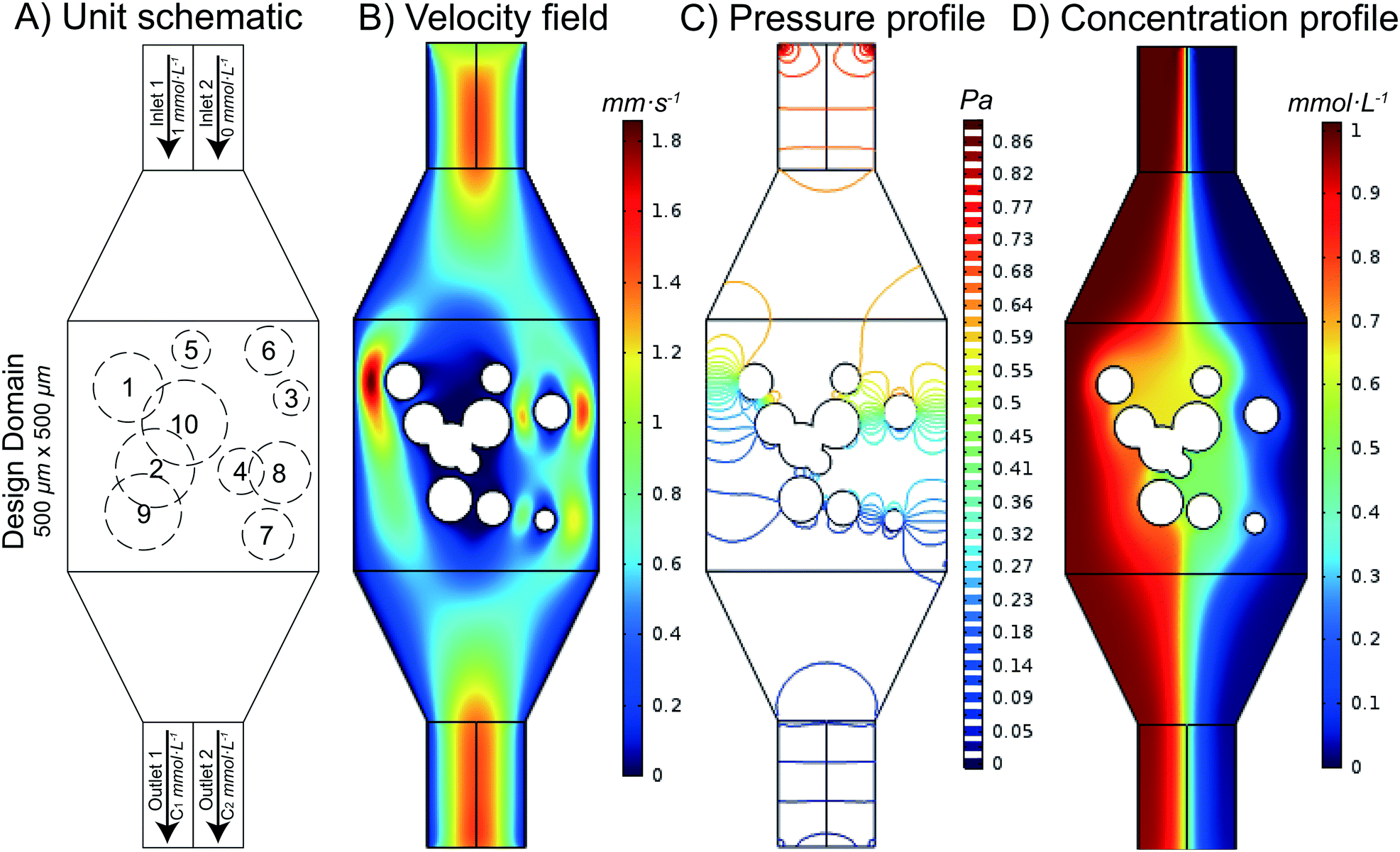
Junchao Wang's paper "Finding the optimal design of a passive microfluidic mixer" was published in Lab on a Chip. Junchao used a genetic algorithm to automatically generate thousands of designs for microfluidic mixers. The designs reveal a Pareto-optimal limit to mixer design, enabling researchers to readily find optimal mixer designs for a given application.
Joshua Potter's work on ink color in paper microfluidics published in Lab on a Chip

Joshua Potter's paper "Using printer ink color to control the behavior of paper microfluidics" was published in Lab on a Chip. Joshua found that different colors of Xerox ColorQube ink behave differently in paper microfluidics. Researchers can use his findings to customize the behavior of their paper microfluidic or lateral flow devices, and even create new color-based paper microfluidic components.
Brittney's work on chronoprints published in ACS Central Science
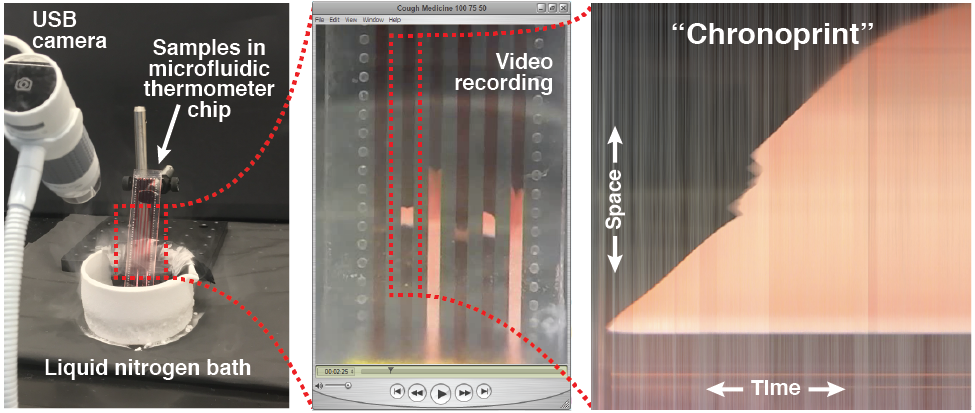
Brittney McKenzie's paper "Chronoprints: Identifying samples by visualizing how they change over space and time" was published in ACS Central Science. Brittney's "chronological fingerprint" or "chronoprint" technique is basically a way to convert a sample of a substance into a computer image. By using image comparison algorithms from computer science, we can determine whether two substances are chemically the same or different based on their chronoprints. Brittney used chronoprints to distinguish authentic and adulterated food products, drugs, and pharmaceutical ingredients.
Thanks to Bioengineering undergraduate researchers Jessica Robles-Najar and Eric Duong and Computer Science and Engineering professor Philip Brisk for their help with this project!
Acoustic side-channel attacks on DNA synthesizers

Did you know you can tell what a lab instrument is doing by listening to it? We really enjoyed this collaboration with Prof. Mohammad Al Faruque at UC Irvine, who showed that you can reconstruct the sequence of DNA being made by a DNA synthesizer by analyzing the sounds made by the machine. Our paper, "Oligo-Snoop: A Non-Invasive Side Channel Attack Against DNA Synthesis Machines," was presented at the 2019 Network and Distributed Systems Security (NDSS) Symposium in San Diego.
This work was also featured in The New York Times, Wired Magazine, and IEEE Spectrum.
Mbira sensors in the news
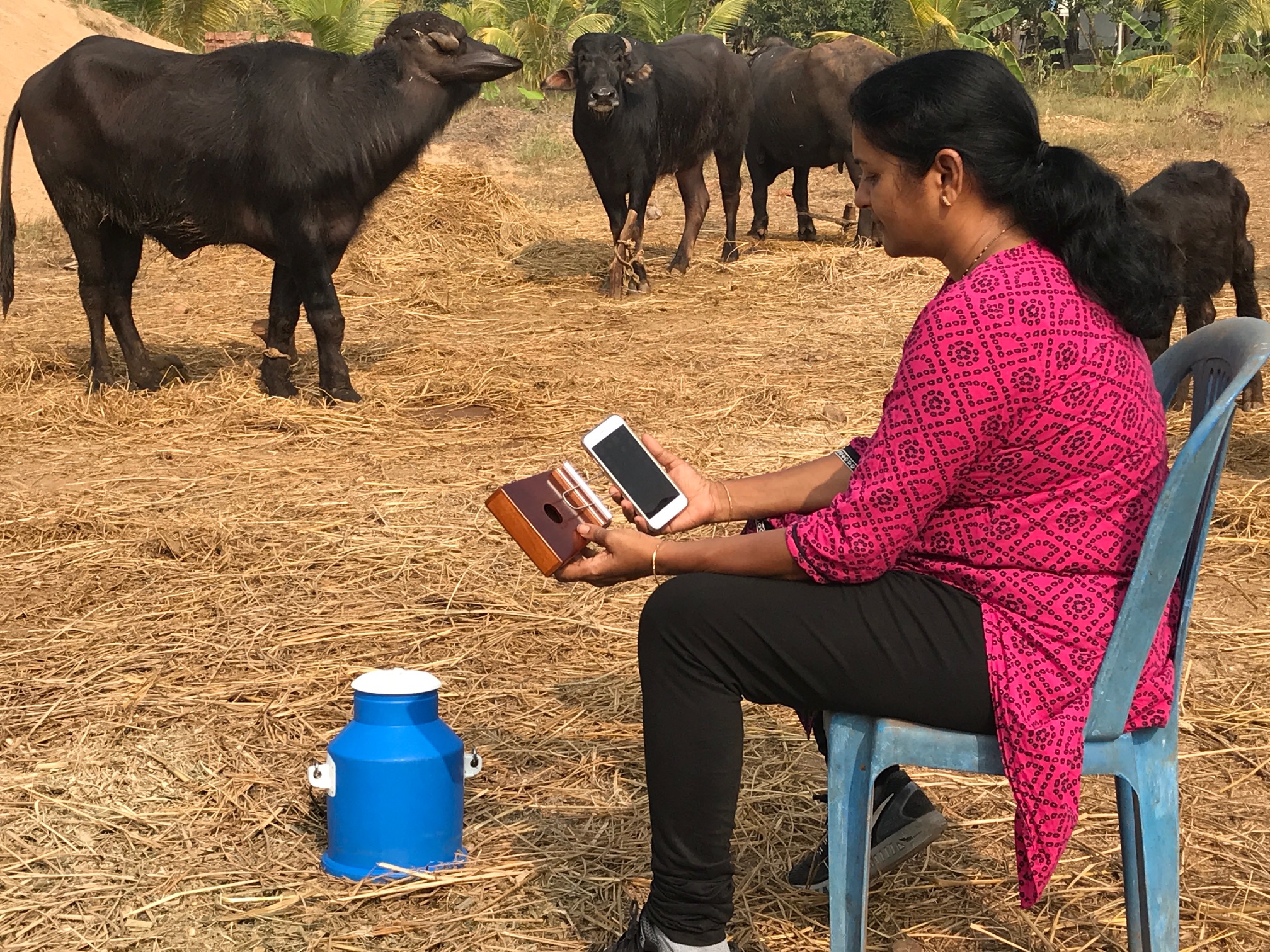
Thanks to a number of news and professional organizations that featured our mbira sensors, including:
-
An episode of the BBC World Service program "Science in Action," in which host Roland Pease interviewed us about our mbira sensors.
-
An episode of the Scientific American podcast "60-Second Science" by Christopher Intagliata.
-
The National Science Foundation featured our mbira sensors in their "4 Awesome Discoveries You Probably Didn't Hear About This Week" program.
-
"A sensor inspired by an African thumb piano could root out bogus medicines," a story by Maria Temming in Science News.
-
"This simple musical instrument can detect poison," an article by David Grossman in Popular Mechanics.
-
"Musical instrument goes flat in presence of adulterated medicine," a writeup by Chris Lee on Ars Technica.
-
"Sounding a sour note can save people from a sour stomach (or worse)," a post by Roger Cheng on Hackaday
-
"Musical instrument turned into liquid density sensor," a news item by Emma Stoye in the Royal Society of Chemistry's Chemistry World.
-
"Modern version of ancient musical instrument detects poisons," a story by Ben Coxworth in New Atlas.
-
"Sensors that are literally 'music to one's ears,'" a press release and video by the American Chemical Society.
-
"Musical sensor shows bad medicine plays false note," an excellent story by Holly Ober on the UC Riverside homepage.
Our mbira sensor featured in a video by the American Chemical Society
Heran and Vamsi's work on using musical instruments as sensors published in ACS Omega
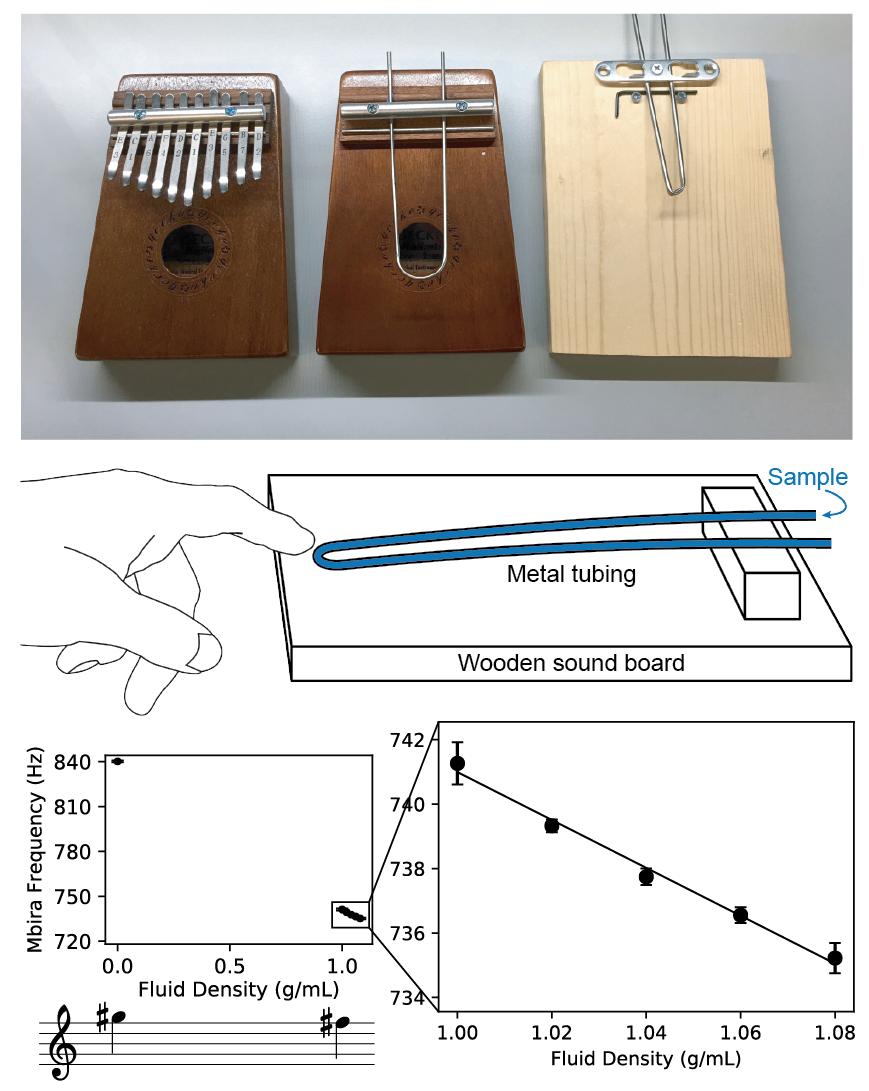
Heran Bhakta and Vamsi Choday's paper "Musical instruments as sensors" was published in ACS Omega. Heran and Vamsi showed that the mbira, a 3000-year-old African musical instrument, can be modified to function as a precision sensor for measuring the density of any fluid sample. They then used their "mbira sensors" to identify counterfeit medications and toxic substances.
This was such a fun project, and we're not done yet… Congratulations Heran and Vamsi!
Grant from the Gates Foundation featured on UCR homepage
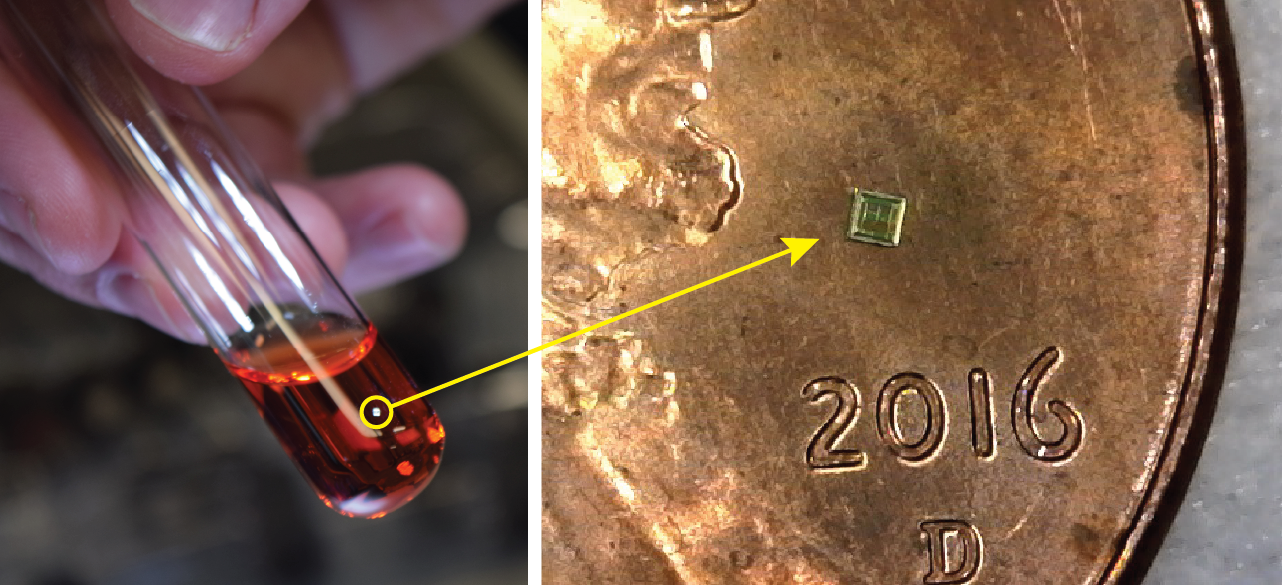
Our recent grant from the Bill and Melinda Gates Foundation was featured on the UC Riverside Homepage in an excellent article and video by Holly Ober. Thanks Holly!
Dr. Grover's investigation into the fictitious 'California South University' featured in the media

Dr. Grover's investigation into the ficitious "California South University" has been featured in a number of stories in the media, including:
-
"Oh-oh Canada: Baffling fake university mangles our culture" by Tom Spears in the Ottawa Citizen.
-
"Down the Rabbit Hole With Alireza Heidari" by Derek Lowe in the Nature Translational Medicine blog In the Pipeline.
-
"Fake California university copies U of A's history" by Nathan Fung in the University of Alberta's student newspaper, The Gateway.
-
"No, that's not our website", a blog post on the University of Alberta homepage.
-
"A fictitious online university has stolen the identity of the University of Alberta" by Marty Klinkenberg in the Globe and Mail newspaper.
-
"University of Alberta's identity stolen by fake California institution" by Anna McMillan for CBC News.
-
"Fake California university borrows University of Alberta history, campus" by Janet French in the Edmonton Journal newspaper.
-
Dr. Grover was interviewed about his investigation on CBC Radio Edmonton.
-
Dr. Grover was also interviewed about his investigation on CBC Radio Calgary.
-
"Fake School California South University Is The University Of Alberta's Evil Twin" by Sima Shakeri in the Huffington Post.
-
"Fake University Pretended to Be University of Alberta" by Grade Bird in Inside Higher Ed.
As of July 2018, the "California South University" website has been taken down. You can see what it used to look like on the Internet Archive's Wayback Machine.
Adding a new physical property to our array of low-cost measurement techniques: freezing/melting point
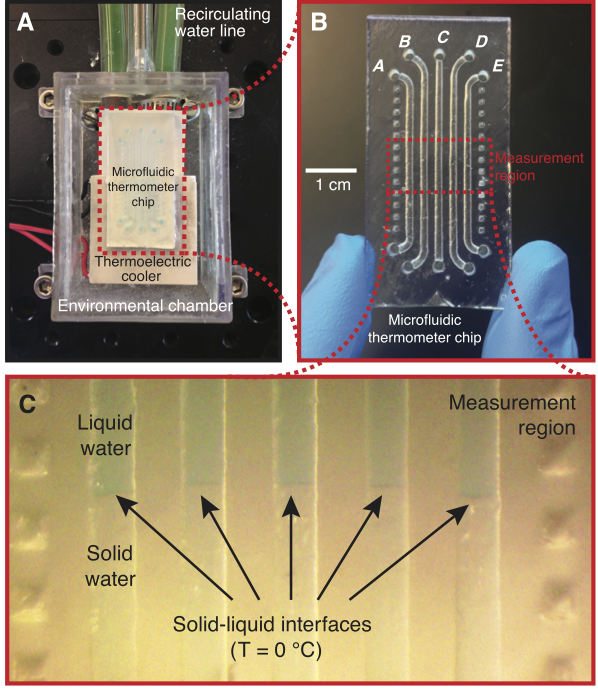
We just added a new fundamental physical property—freezing/melting point—to our array of low-cost precision measurement techniques. Check out Brittney McKenzie's "Microfluidic Thermometer," published today in PLOS ONE.
Junchao's work on instantaneous simulation of microfluidics published in PLOS ONE
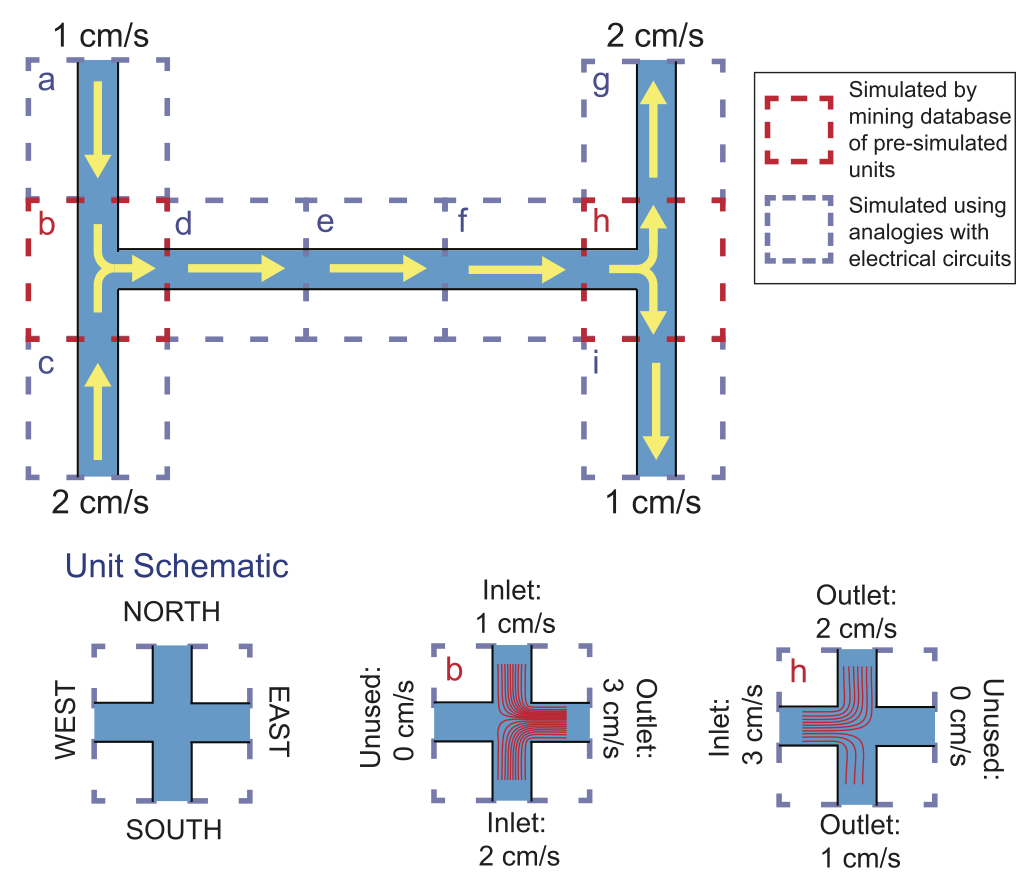
Junchao Wang's paper "Instantaneous simulation of fluids and particles in complex microfluidic devices" was published in PLOS ONE. Thanks to our coauthors Victor G.J. Rodgers and Philip Brisk for their help!
A bee-utiful new project (sorry...)

We're delighted and grateful to be recipients of funding from the Frank G. and Janice B. Delfino Agricultural Technology Research Initiative in the College of Natural and Agricultural Sciences at UC Riverside. We'll be working with Prof. Hollis Woodard of the UCR Department of Entomology developing tools to accelerate research on bumblebees. Here's an excellent New York Times piece on Prof. Woodard's work.
The Density Spectrum
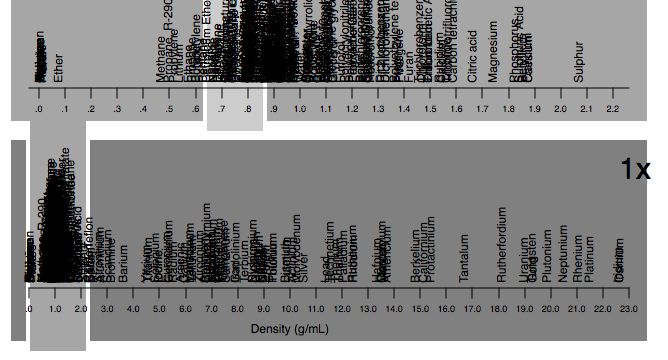
In honor of Nazila Norouzi and Heran Bhakta's recent paper on sorting cells by their density, I dusted off the "density spectrum" viewer I first created back in 2011 and moved it online. Try out the density spectrum viewer here!
Nazila and Heran's density sorter chip published in PLOS ONE
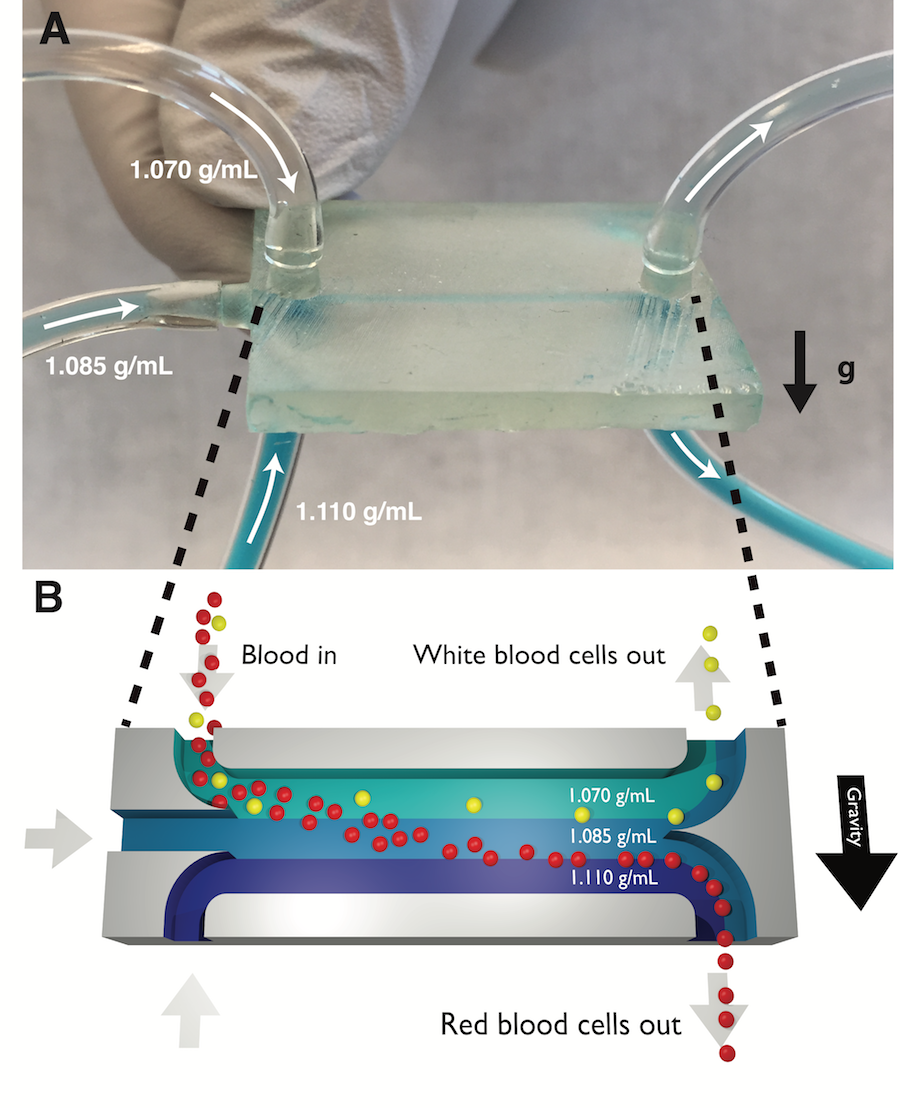
Nazila Norouzi and Heran Bhakta's paper "Sorting cells by their density" was published in PLOS ONE.
Junchao's microfluidics-optimized particle simulation algorithm (MOPSA) published in Biomicrofluidics
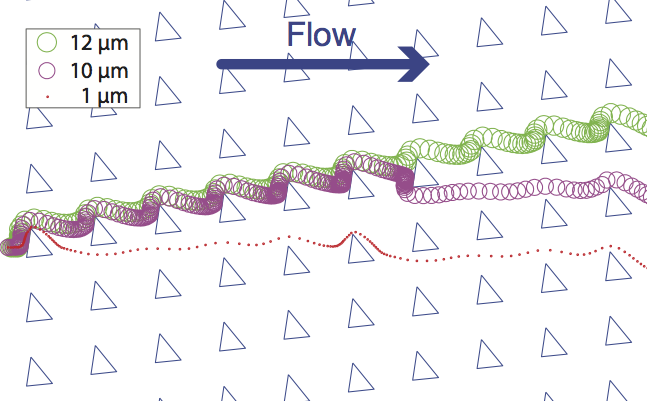
Junchao Wang's paper "MOPSA: A microfluidics-optimized particle simulation algorithm" was published in Biomicrofluidics. Thanks to our coauthors Victor G.J. Rodgers and Philip Brisk for their help!
Vibrating tube sensors featured on UCR homepage
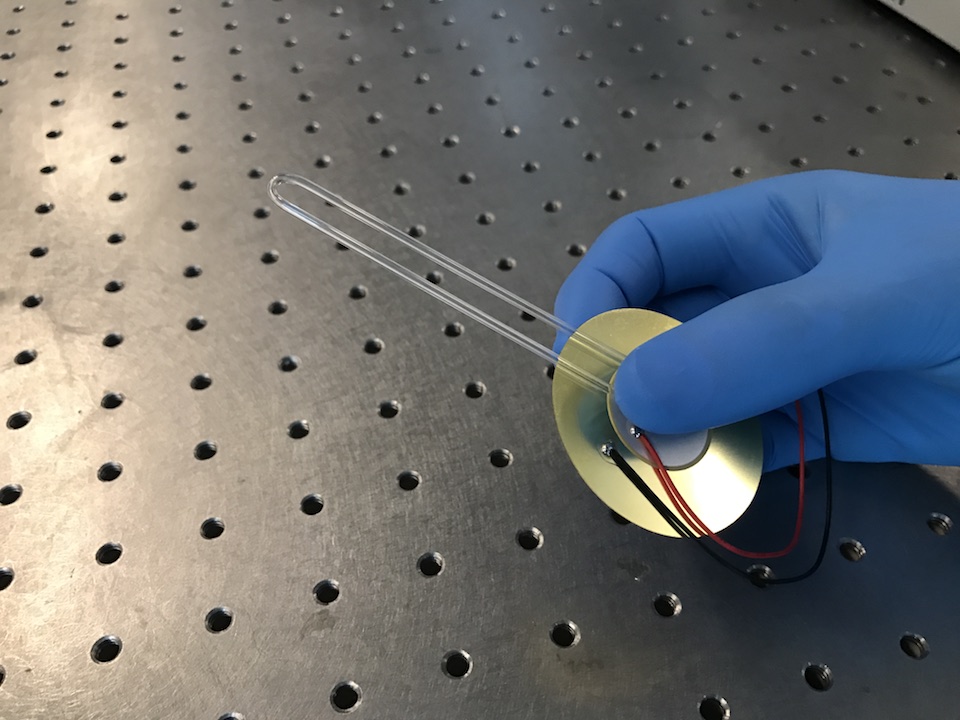
Our vibrating tube sensors were featured on the UCR homepage in a great article by Sarah Nightingale.
Shirin and Heran's work on vibrating tube mass sensors published in PLOS ONE
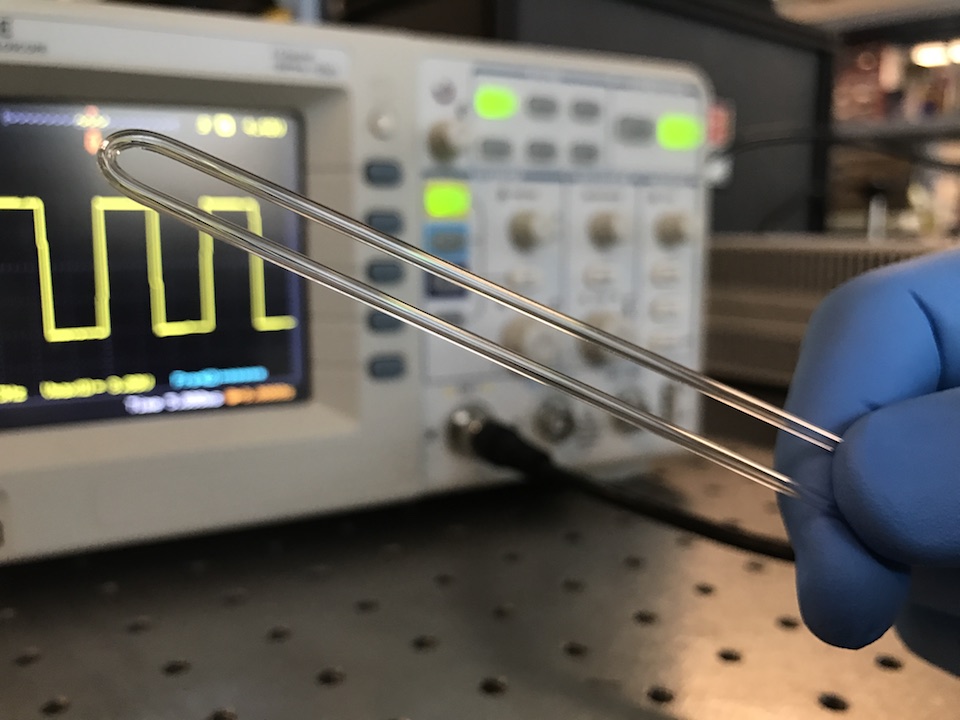
Shirin Mesbah Oskui and Heran Bhakta's paper "Measuring the mass, volume, and density of microgram-sized objects in fluid" was published in PLOS ONE. Thanks to our coauthors Graciel Diamante, Huinan Liu, and Daniel Schlenk for their help!
Dr. Grover's TEDxUCR talk on density
Random design of microfluidics featured in Chemistry World

Junchao's work on randomly-designed microfluidics was featured in an article in Chemistry World.
Junchao's work on randomly-designed microfluidics published in Lab on a Chip
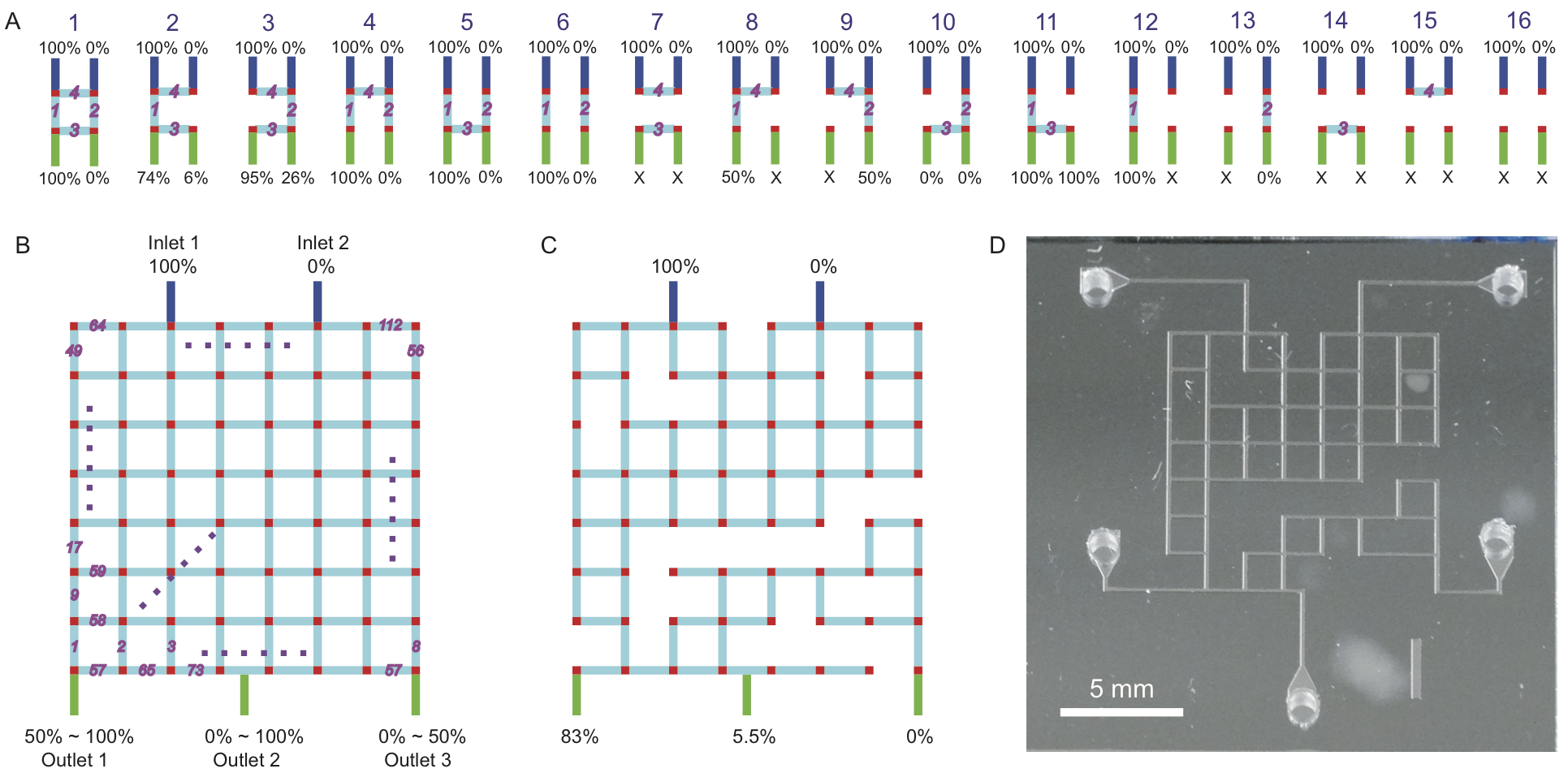
Junchao's paper "Random design of microfluidics" was published in Lab on a Chip. Thanks to our coauthor Philip Brisk for his help!
The MEC system in the news
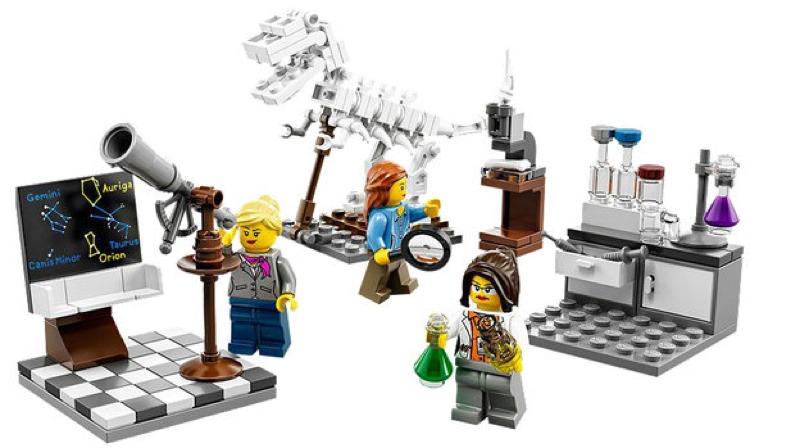
The MEC system was featured in Gizmodo (who illustrated their story with the awesome LEGO scientists shown above) and Engadget.
MEC system featured on UCR Today
Our MEC "building blocks" were featured on UCR Today in a great article by Sarah Nightingale.
Sarah's team also made a cool video about the MEC system:
Doug's system of "building blocks" for creating instruments published in PLOS ONE
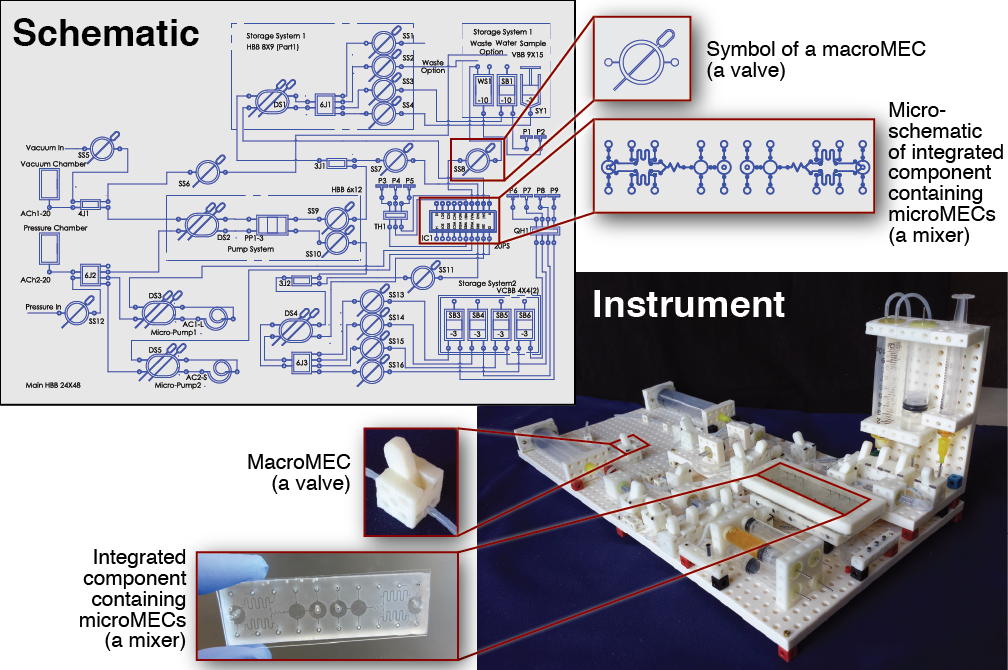
Doug Hill's paper "MECs: 'Building Blocks' for Creating Biological and Chemical Instruments" was published in PLOS ONE. Thanks to our coauthors Lindsey Anderson, Casey Hill, Afshin Mostaghim, and Victor G. J. Rodgers for their help!
Dr. Grover talks about density at TEDxUCR
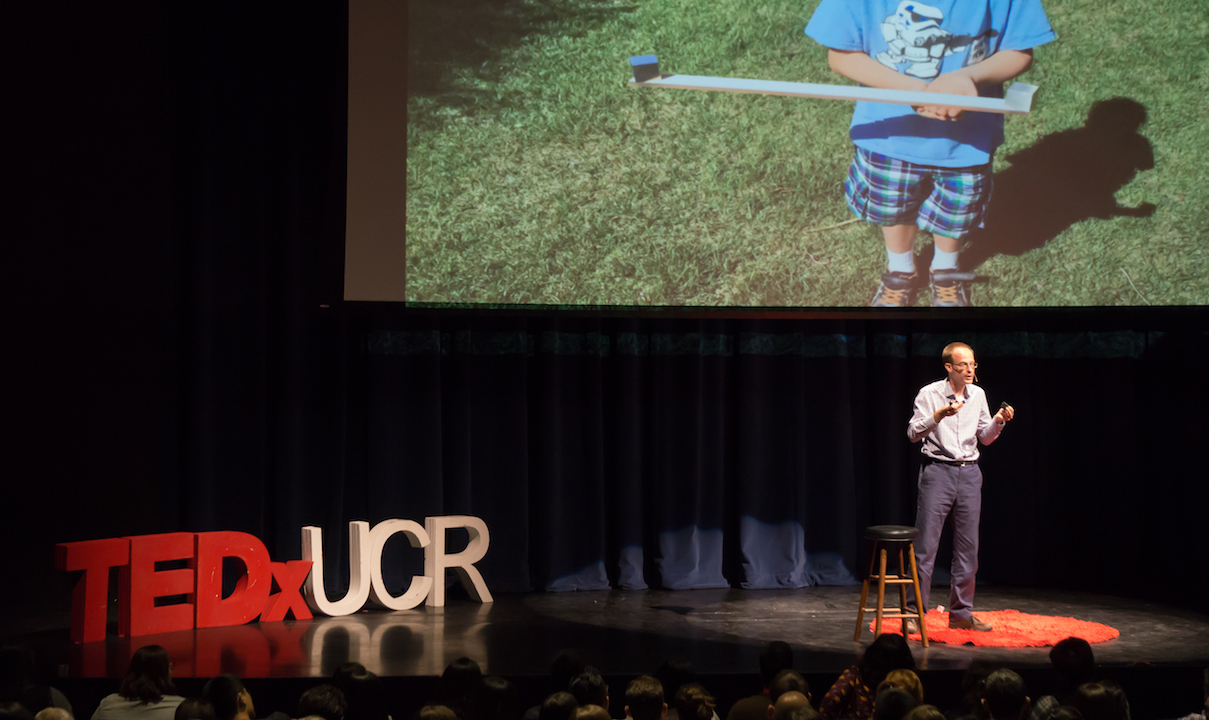
Dr. Grover shared his favorite physical property—density—with the audience at the 2016 TEDxUCR.
Congressman Mark Takano visits the lab
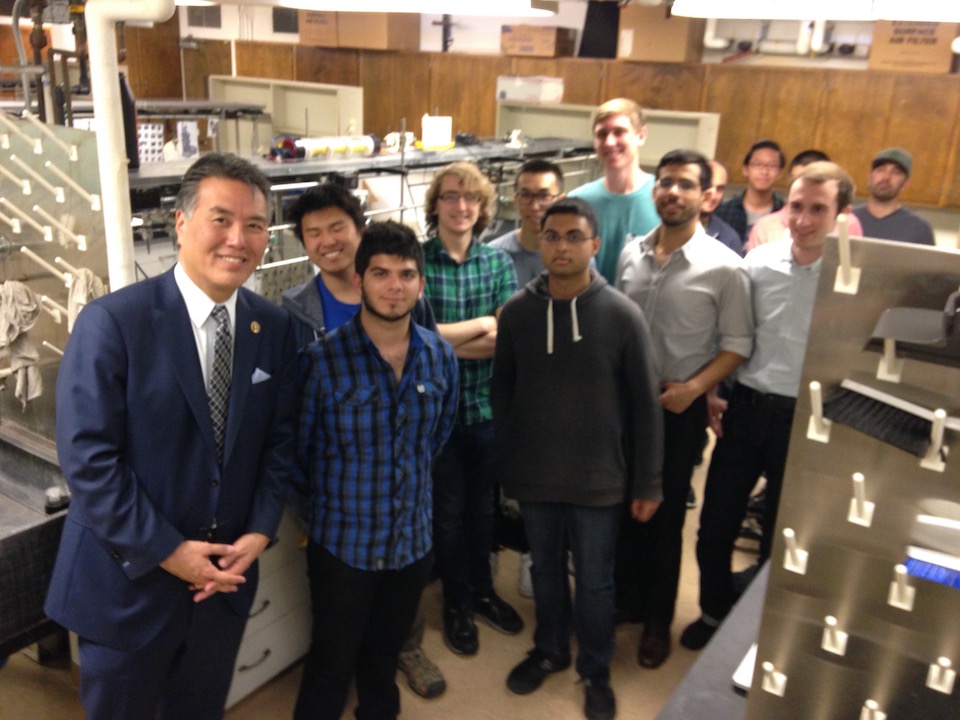
Thanks to Congressman Mark Takano for visiting the lab!
Nazila and Heran's work on orientation-based control of microfluidics published in PLOS ONE
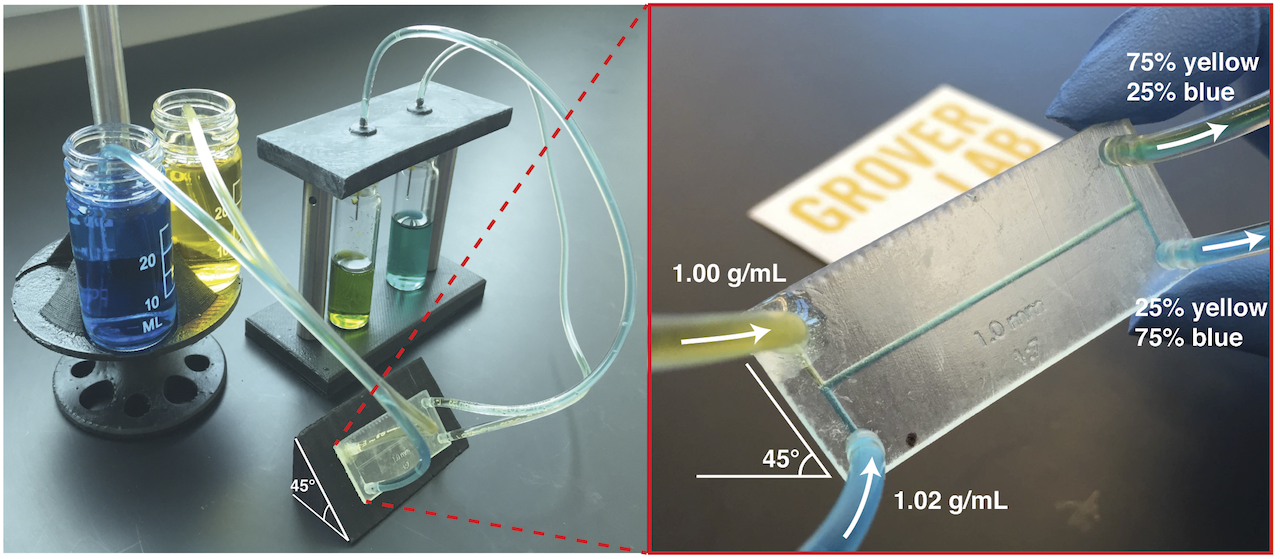
Nazila Norouzi and Heran Bhakta's paper "Orientation-Based Control of Microfluidics" was published in PLOS ONE.
Shirin featured in UCR Magazine

Graduate student Shirin Mesbah Oskui was featured in the Winter 2016 issue of UCR Magazine.
Shirin's work on the toxicity of 3D-printed parts published in Environmental Science and Technology Letters
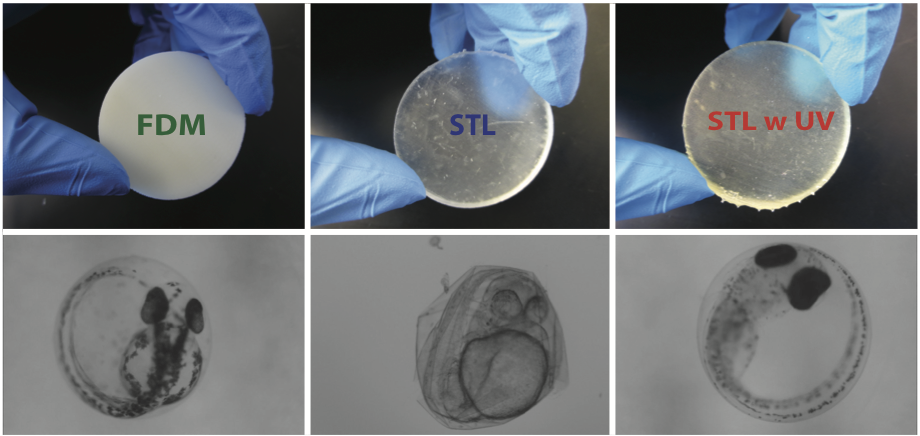
Shirin Mesbah Oskui's paper "Assessing and Reducing the Toxicity of 3D-Printed Parts" was published in Environmental Science and Technology Letters.
Anechoic: a smartphone app for sonic experimentation

Check out Anechoic, an iPhone app we're developing for giving K-12 students firsthand experience with the principles behind techniques like ultrasound and sonar.
Why is undergraduate research important?
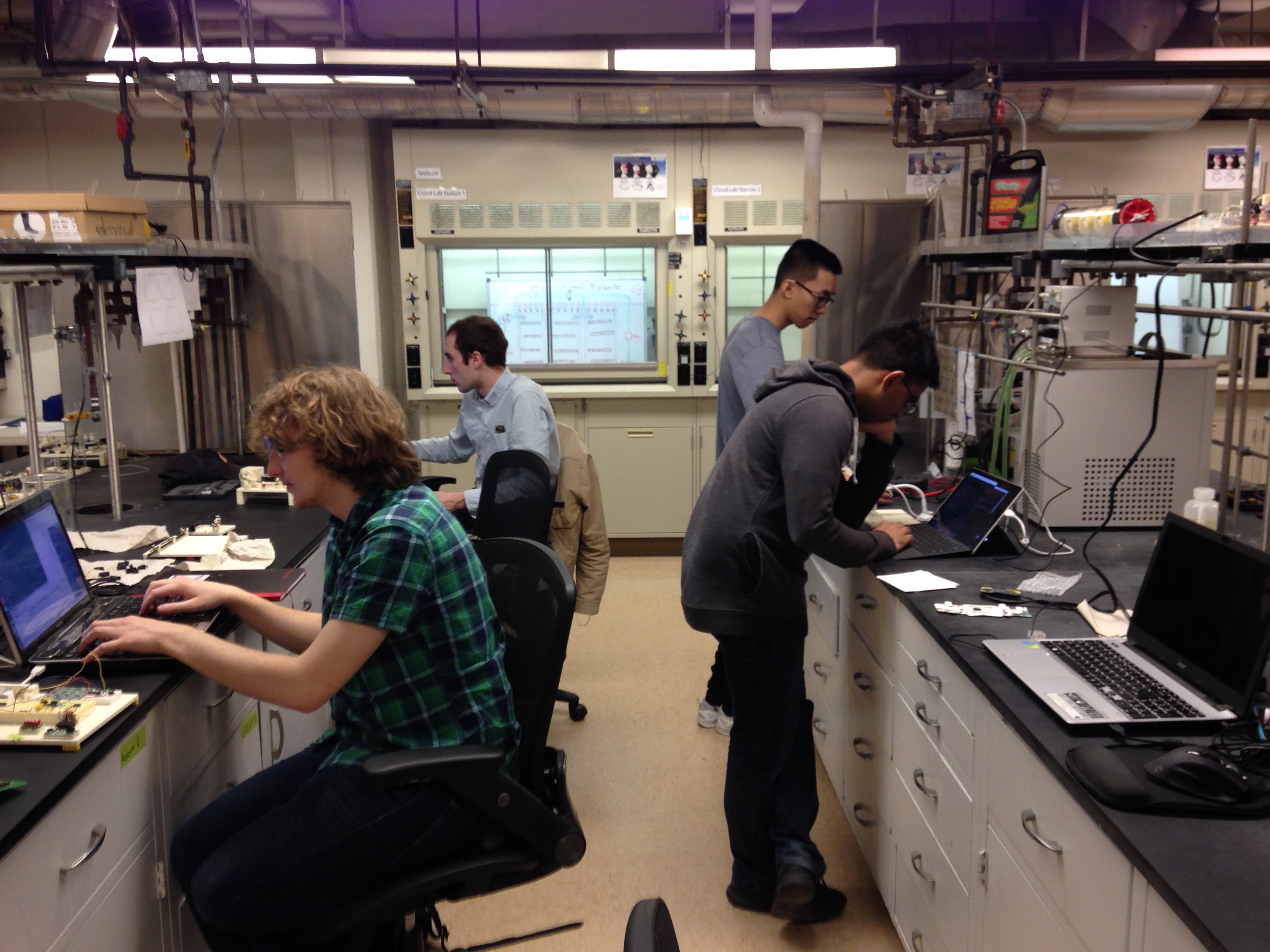
Why is undergraduate research important? Dr. Grover shares his thoughts in a UCR Career Center blog post.
Undergrads' Diaper Detective wins third place in NIH/NIBIB DEBUT Challenge

The Diaper Detective (the Senior Design Project of Bioengineering undergrads Stephanie Tehseldar, Veronica Boulos, Sara Said, Claire Tran and Melissa Cruz) won third place and a $10,000 prize in the NIH/NIBIB Design by Undergraduate Biomedical Teams (DEBUT) Challenge!
The Diaper Detective was also featured on:
-
CBS 2 Los Angeles: "UCR students invent diaper pad that detects infection, other medical conditions"
-
c-net: "Diaper Detective smart pad senses dehydration, infection"
-
Engadget: "Super cheap diaper insert alerts parents to dehydration and more"
-
Phys.org: "Diaper pad to detect dehydration and bacterial infections in infants"
-
Riverside Press-Enterprise: "UC Riverside students turn diaper into medical tool"
-
UCR homepage: "Team of engineering students develop inexpensive, versatile pad to detect medical problems in infants"
varnermannery1952.blogspot.com
Source: http://groverlab.org/
0 Response to "Do You Have to Take Chem Lab Again Ucr"
Postar um comentário